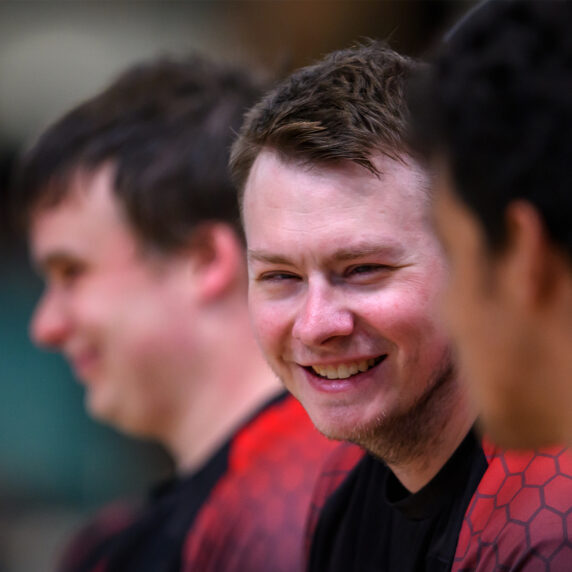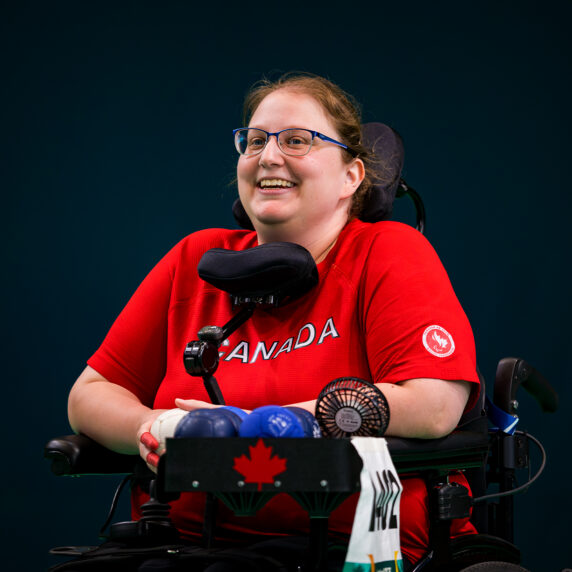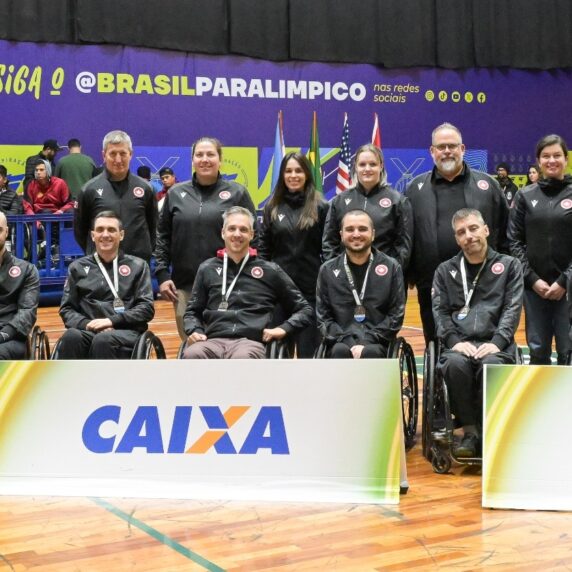All about Para snowboard: Newest Paralympic winter sport
Canada has opportunity to win its first medals

Para snowboard is the latest entry to the program at the Winter Paralympics, having been added in 2014, and like its Olympic counterpart the sport been a hit with countries and spectators at each Games.
Head into the upcoming Beijing Games as a Para snowboard expert, as we bring you up to speed on the sport below:
Paralympic Origins
Para snowboard made its debut at the Sochi 2014 Paralympic Winter Games with just two medal events, a men’s and women’s snowboard cross time trial for athletes with lower-limb impairment classifications.
A hugely successful debut saw Dutchwoman Bibian Mentel-Spee secure the women’s gold while U.S. rider Evan Strong took the men’s title. At the 2015 world championships, banked slalom and snowboard cross head-to-head were contested for the first time.
The 2015 worlds also saw improvements to the classification system, including the separation of lower-limb impaired riders to SB-LL1 and SB-LL2 which was introduced during the 2014-15 season.
This growth was reflected at the PyeongChang 2018 Paralympic Winter Games, where the snowboard program was expanded to 10 events, with the addition of a men’s upper-limb impairment classification as well.
Ten countries have won at least one Para snowboard medal at just two editions of the Winter Paralympics in 2014 and 2018.
Canada is still looking for its first Paralympic Games medals in snowboard. Michelle Salt came the closest with a fourth place in 2018.
Sport Background
Male and female athletes with a physical impairment such as a spinal injury, cerebral palsy and amputation compete in Para snowboarding.
The athletes compete in three categories based on their ability – SB-LL1 and SB-LL2 for lower-limb impaired riders and SB-UL for upper-limb impaired athletes. Snowboarders can use equipment such as orthopaedic aids.
The events are snowboard cross and banked slalom. Snowboard cross starts with timed runs before moving into a head-to-head bracket for the final races, where athletes race at top speed, negotiating a narrow course with various jumps, rollers, flat sections, and of course, each other.
In banked slalom, the course is more technical, curvier with banked turns. Riders run separately, with the fastest time after three races taking the victory.
In Beijing there are eight events scheduled in Para snowboard.
Canadian Landscape
Canada appears on the verge of making history in Para snowboard at the 2022 Paralympic Winter Games with a chance to win its first medal in the sport.
After falling short of the medals in 2014 and 2018, Canadian riders recently won eight medals, including three gold, at the World Para Snow Sports Championships in January 2022 in Lillehammer.
Two of the gold were in the men’s and women’s team events which are not contested at the Games. However all four members of the Canadian team also made the podium individually.
Tyler Turner took gold in the men’s LL1 snowboard cross and bronze in the banked slalom. Lisa DeJong, who like Turner is heading to her first Games in Beijing, took two individual women’s LL2 silvers in Norway.
The two other riders for Canada in Beijing are established veterans who competed in PyeongChang four years ago. Alex Massie won his first worlds medal in 2015 and silver in the men’s LL2 banked slalom in Lillehammer last month. Sandrine Hamel had two fifth places at the 2018 Games and was third in the women’s LL2 banked slalom in January.
Nine Para snowboarders have represented Canada at the Paralympic Games so far: John Leslie (2014, 2018), Ian Lockey (2014), Tyler Mosher (2014), Michelle Salt (2014, 2018), Andrew Genge (2018), Colton Liddle (2018), Curt Minard (2018), as well as Massie and Hamel.



"*" indicates required fields
"*" indicates required fields